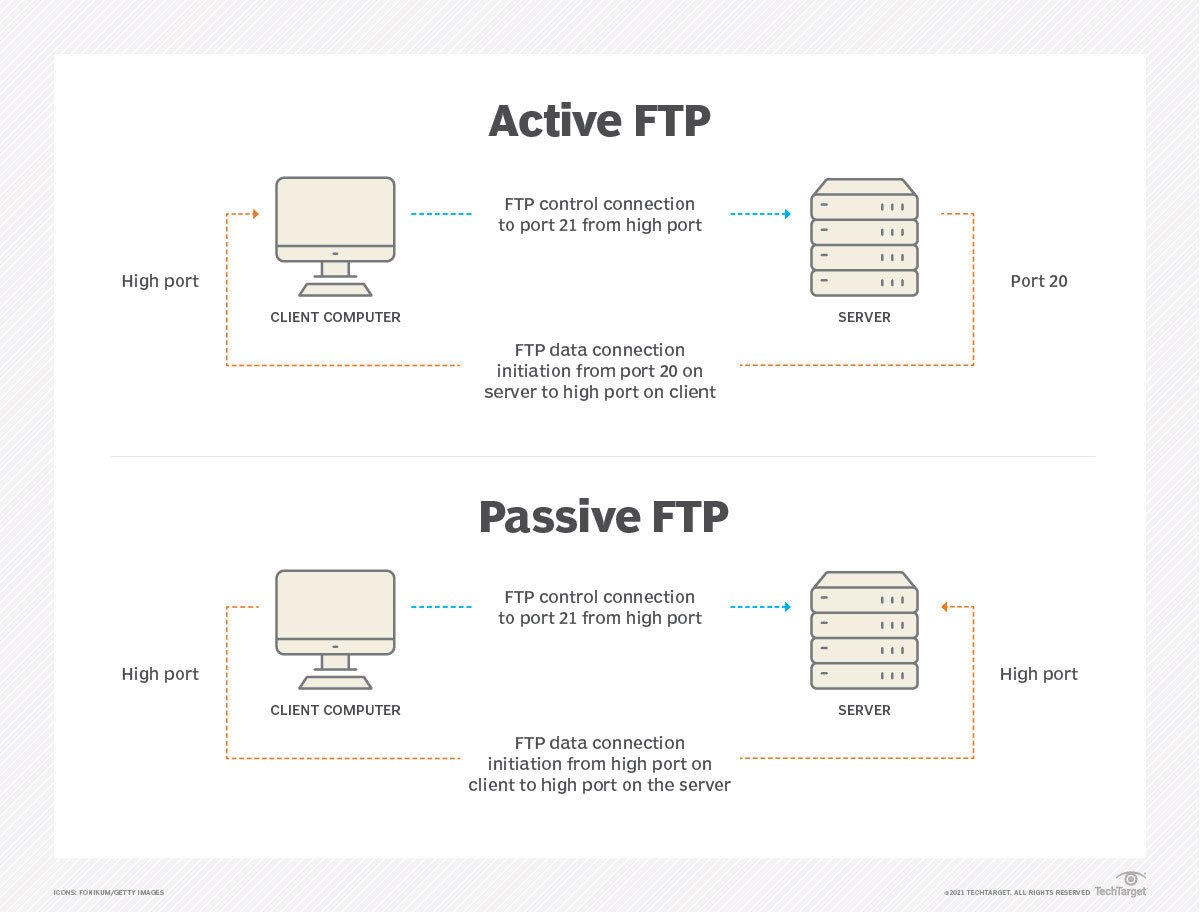


To do this, click the Siri icon and say “Open Terminal”. You can also open Terminal by using voice command via Siri. Find the Terminal application and launch it. Open Terminal using Launchpadįind the Launchpad icon on the Dock station and open it. Find Terminal among the Utilities and run it. Open Finder and select Applications – Utilities. If the first way to launch the Terminal for some reason did not suit you, there is another way. In the Spotlight search bar, type the word Terminal and press Enter. Launch Spotlight by clicking on the magnifying glass or by using the Ctrl + Space keyboard shortcut. There are several ways to launch Mac Terminal. To start getting to know the Terminal or just execute any commands, you need to open it. How to Open Terminal on macOS: Different Ways What is the default terminal emulator in Mac?.What is the fastest terminal emulator for Mac?.

Why Is It Worth Using an Alternative to the Default macOS Terminal?.List of the Most Popular Mac Terminal Emulators.How to Open Terminal on macOS: Different Ways.FTP might allow for anonymous log-ins, but it’s better to authenticate using a username and password. You will need a FTP/SFTP username and password to log into the server. Logging into the remote server is pretty straightforward. But keep in mind that FTP is generally not considered secure, so be careful. If you don’t have SSH access, you can contact your hosting provider, or you can use FTP. Note: To use SFTP, you will need to have SSH access enabled on your server. using the macOS’ Terminal, instead of a third party FTP client. I will be telling you how you can accomplish basic FTP/SFTP tasks such as uploading/downloading files, renaming, moving, deleting etc. For the purpose of illustration, I’m using a test server with Linux, Apache, MySQL and PHP installed on it, with SSH access enabled. In this article I will be detailing how you can use the Terminal (Mac) as an FTP or SFTP client, to do a variety of tasks on remote servers.


 0 kommentar(er)
0 kommentar(er)
